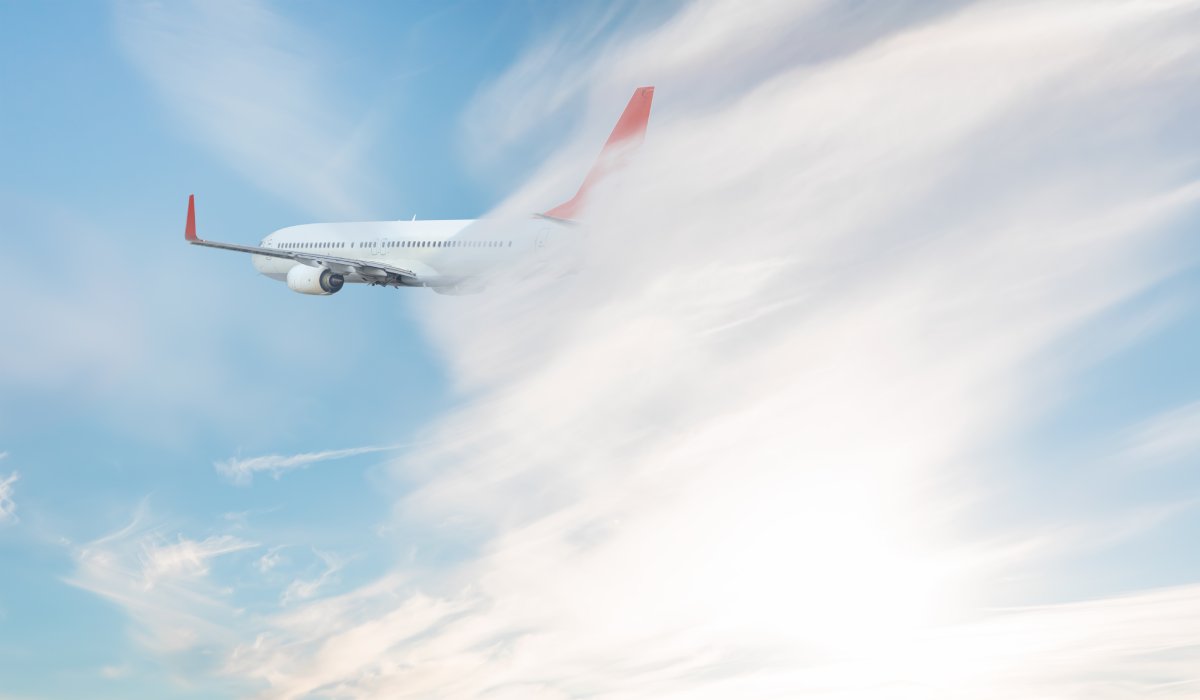In recent years, passengers and pilots alike have noticed an increase in airplane turbulence, leading to a growing concern about flight safety and comfort. The phenomenon has sparked curiosity about its underlying causes.
So, what’s causing the increase in airplane turbulence? Scientists have worked hard to understand why turbulence is on the rise, and their findings suggest that changes in our climate play an important role.
One study published in Geophysical Research Letters reveals that clear-air turbulence happens more frequently due to shifts in wind patterns caused by climate change. This study focused on how stronger wind shears at high altitudes—often invisible to radar—are increasingly likely to cause turbulence in otherwise smooth air.
The results show that as global temperatures rise, these wind patterns will continue to intensify, making turbulent flights more common in the future. The increase in airplane turbulence indicates a growing challenge for the aviation industry as it looks for ways to mitigate the effects of these atmospheric changes.
Another factor contributing to the rise in turbulence is the growing demand for air travel. More flights in the sky mean that aircraft are flying in airspaces where turbulence wasn’t a factor before.
As planes crisscross through different altitudes and regions, they’re more likely to encounter unstable air masses. This creates a more turbulent environment, particularly on heavily traveled routes.
Aircraft design and materials play a vital role in how well planes can handle these increasingly bumpy rides. Modern advancements in materials and design can improve an aircraft’s ability to withstand turbulence and minimize its impact on passengers. Enhancing the use of custom sheet metal in the aerospace industry will also help fortify planes and make it easier for them to move through the air smoothly.
Furthermore, jet streams, the fast-flowing air currents that aircraft frequently fly through, are becoming more erratic. These jet streams feel the impact of warming temperatures and shifting atmospheric pressures, which can lead to sudden changes in wind speeds and direction.
When a plane passes through these erratic airflows, the result is often clear-air turbulence, which occurs without warning and is difficult to predict. Pilots rely on advanced weather systems and real-time updates from other aircraft to avoid these areas, but the unpredictable nature of jet streams makes turbulence avoidance increasingly challenging.
The aviation industry is working to address the growing issue of turbulence. Some companies are investing in more sophisticated turbulence detection technology, allowing pilots to better predict and avoid rough patches of air.
However, even with improved systems in place, the increase in airplane turbulence remains a concern for airlines and passengers. Flight crews continue to emphasize the importance of keeping seatbelts fastened during flights as an essential safety measure.
So, what’s causing the increase in airplane turbulence? The answer is closely linked to climate change, increased air traffic, and erratic jet streams.
As scientists continue to study this trend, the aviation industry must adapt to maintain passenger safety and comfort in the face of these challenges. The findings from recent studies highlight the need to address the perils of climate change and invest in better technology and materials to build stronger, more resilient aircraft.









